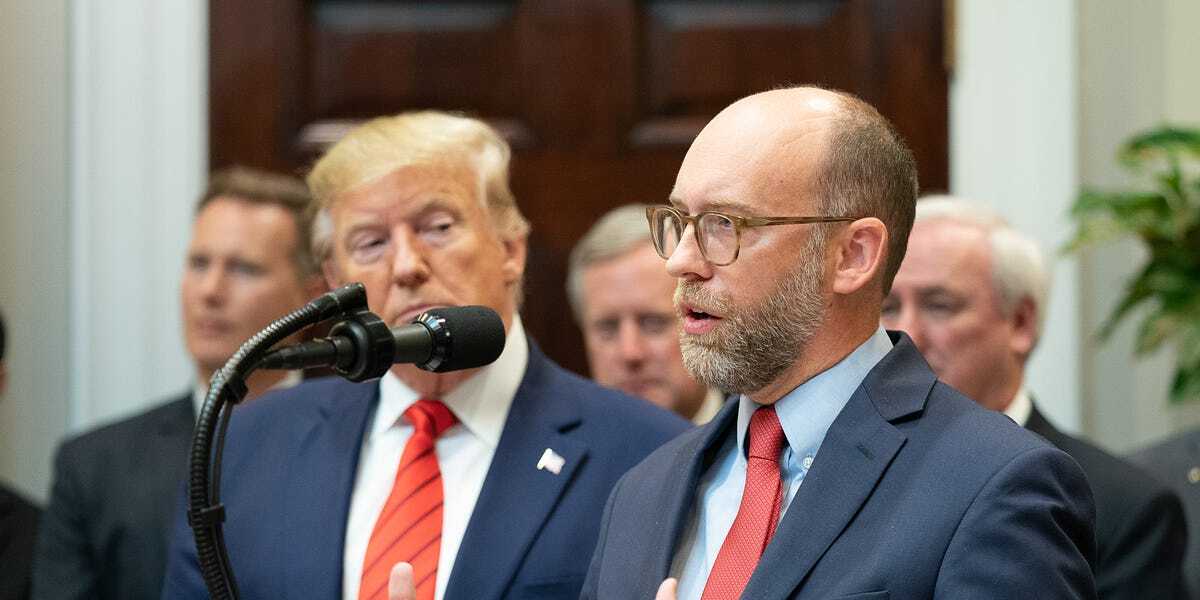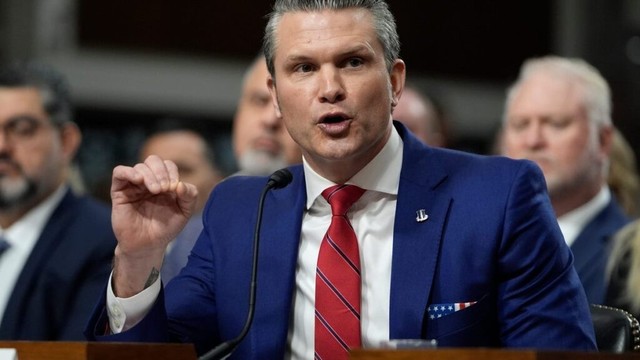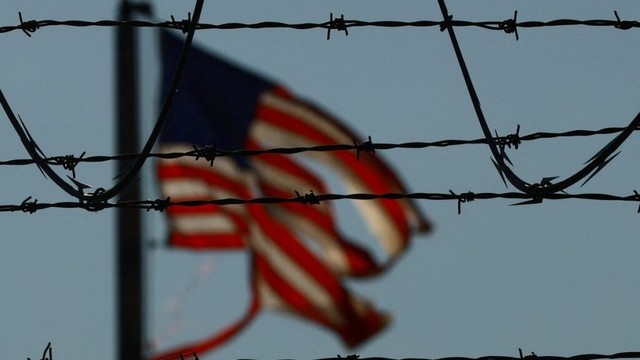#WSJ #Trump administration is withdrawing from some types of #whitecollar law #enforcement, including cases involving #foreign #bribery, public #corruption, #moneylaundering and #crypto markets effectively redefining what business conduct constitutes a #crime. #WhiteHouse #executive order in Feb said #bribery prosecutions hurt the ability of #US companies to compete #overseas, punishing them for practices that are #routine in some parts of the world. #WTF https://www.ncja.org/crimeandjusticenews/doj-is-leaving-some-kinds-of-white-collar-crime-enforcement #ElSalvador
Recent searches
Search options
#executive
The Ford Executive Who Kept Score of Colleagues' Verbal Flubs
https://www.wsj.com/lifestyle/ford-motor-mike-obrien-malaprops-6e560520
Will the Supreme Court Crash the Global Economy?
The case in question consolidates two litigations challenging Trump’s firing of commissioners of, respectively,
the National Labor Relations Board, or #NLRB (Wilcox v. Trump),
and the Merit Systems Protection Board, or #MSPB (Harris v. [Treasury Secretary Scott] Bessent).
Both of the terminated officials are covered by ️statutory for-cause-only removal safeguards.
Trump and his legal minions acknowledge that there was no basis for removing either official in the requirements specified in the applicable statutes;
both officials had exemplary performance records, which plainly failed to meet the identical criteria in both statutes that permit removal only for “inefficiency, neglect, or malfeasance.”
Nonetheless, Trump’s Justice Department lawyers maintain that he can ignore these strictures because the Constitution bars Congress from placing any limits on his ability to fire agency heads for any reason or no reason.
“The President,” Solicitor General John Sauer told the justices in his brief, “should not be forced to delegate his executive power to agency heads who are demonstrably at odds with the Administration’s policy objectives for a single day.”
In 2020, when conservative justices comprised a five-justice majority, the court decided 5–4, in Seila Law v CFPB, that the Constitution mandated at-will status for single-headed executive agencies
—namely, in that case, the Consumer Financial Protection Bureau.
But the decision expressly declined to extend this mandate to multimember “independent” agencies, such as the NLRB and the MSPB.
The justices can no longer dodge that fraught question.
On April 7, a 7–4 majority of the Court of Appeals for the District of Columbia Circuit rejected the Trump administration’s claim.
The majority (consisting of all seven of the court’s judges appointed by Democratic presidents) ruled that a 1935 Supreme Court decision upholding for-cause removal protections for heads of multimember agencies remained binding precedent,
never mind that it has fallen out of favor with their Republican-appointed colleagues and other legal luminaries on the right.
The Court of Appeals majority ordered the reinstatement of both of the agency board members Trump had fired, pending the outcome of the litigation.
Two days later, Solicitor General Sauer filed an emergency petition in the Supreme Court seeking reversal of the reinstatement order.
Chief Justice Roberts’s warp-speed grant of Sauer’s petition, three hours after it was filed, was interpreted as merely giving the justices time to mull the weighty issues at stake,
not presaging the result after they complete that process
Sauer asked the court to hear and decide the case in the current term, which expires at the end of June.
Why might a critical mass of the Supreme Court’s conservative supermajority shrink from letting their ideology propel them to broaden untrammeled presidential firing authority to multiheaded agencies?
Two potential reasons spring to mind:
the real-world consequences of such an extension
and the doctrinal and empirical holes in the undergirding #unitary #executive theory that scholars have exposed since Justice Antonin Scalia first expounded the current version of that concept in 1988.
Of the two, the calamitous-consequences barrier, while as yet only fleetingly acknowledged by the justices, is no doubt the most daunting.
In particular, two words give that prospect intimidating force.
Those words are #the #Fed.
As legal scholar Stephen Vladeck recently wrote, “The not-very-well-kept secret is that the justices are (understandably) wary about handing down a ruling that would allow any President, and perhaps this one in particular, to exercise
direct control over U.S. monetary policy by controlling who sits on the Federal Reserve Board.”
Since the original Framers’ establishment of the first and, especially, the second Bank of the United States, a broad and bipartisan consensus has hardened,
in the U.S. as well as every industrialized nation,
that an independent central bank with far-reaching powers is essential to maintaining monetary stability and sustaining economic growth.
https://newrepublic.com/article/193836/supreme-court-crash-economy-nlrb
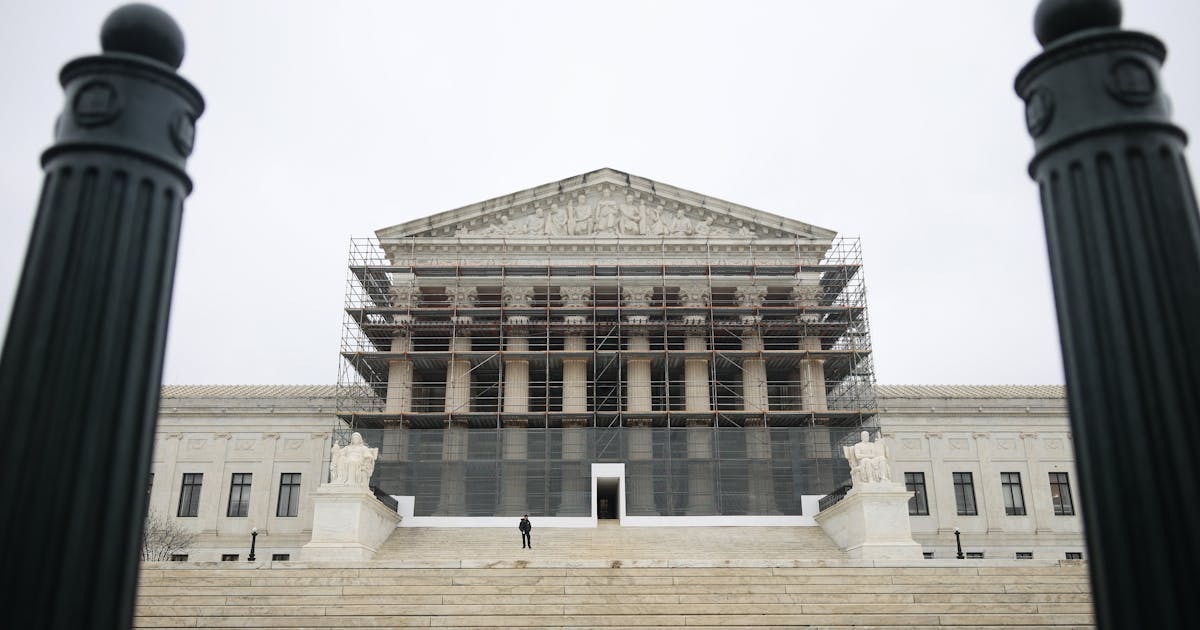
One thing you don't have in a company?
Freedom of Speech.
So, how can you expect that freedom when you clamor for government to be "run like a business"?
What else do you not have in a company?
Democracy.
That fun political and legal concept of "unitary executive"?
That's just another word for "CEO", the little dictator who runs a company.
In that famously hot, stuffy room in Philadelphia, windows closed for the sake of secrecy, they sweated & argued about how to limit the powers of the American executive. They arrived at the idea of dividing #power between different branches of govt. As James Madison wrote in “Federalist No. 47”: “The accumulation of all powers, #legislative, #executive, & #judiciary in the same hands…may justly be pronounced the very definition of #tyranny.”
Trump administration fires Shoshana Chatfield in purge of senior brass https://www.byteseu.com/904657/ #air #AirForce #Biden #Branch #Defense #Democratic #DemocraticParty #Department #donald #DonaldTrump #Europe #executive #ExecutiveBranch #Floyd #force #george #GeorgeFloyd #Hegseth #jack #JackReed #joe #JoeBiden #Military #NATO #Navy #Negative #of #Overall #OverallNegative #party #Pete #PeteHegseth #Politics #reed #Republican #RepublicanParty #trump #U.S. #U.S.DepartmentOfDefense
Legitimate question: Doesn’t power of the purse lie with Congress and, therefore, Congress should be the branch implementing tariffs? Is this a case of emergency executive power nonsense that we continue to fail to curtail?
UK and Germany warn travelers heading to the US https://www.byteseu.com/855334/ #Advocacy #AI #Branch #donald #DonaldTrump #Enabled #executive #ExecutiveBranch #Germany #GreatBritain #highlights #Immigration #issues #Kingdom #Modular #ModularStory #Negative #Overall #OverallNegative #Politics #social #SocialIssuesU0026Advocacy #story #StoryHighlightsAIEnabled #Travel #trump #u0026 #united #UnitedKingdom #VISA #VisaU0026Immigration
Trump Issues Executive Order Targeting the Reformation of the U.S. Department of Education #World #Department #education #executive #issues #order #Reformation #Targeting #Trump #U.S
https://tinyurl.com/25v245oo
Apple shuffles AI executive ranks in bid to turn around Siri
https://finance.yahoo.com/news/apple-shuffles-ai-executive-ranks-162500488.html

@jeffjarvis thus we can safely say that #LawAndOrder do not exist in the #USA anymore as clearly the #executive does not obey the #judiciary!
#Trump Makes Aggressive New Claim of #Executive Power To Circumvent The Senate. In email obtained by TPM, #WhiteHouse claims that Trump can appoint whoever he wants – absent #congress #ruleoflaw #legislative branch #judiciary #executive Say it out loud - #constitutionalcrisis #FreeAmerica #democracy is dying in full view of the American people. https://talkingpointsmemo.com/news/exclusive-trump-makes-aggressive-new-claim-of-executive-power-to-circumvent-the-senate
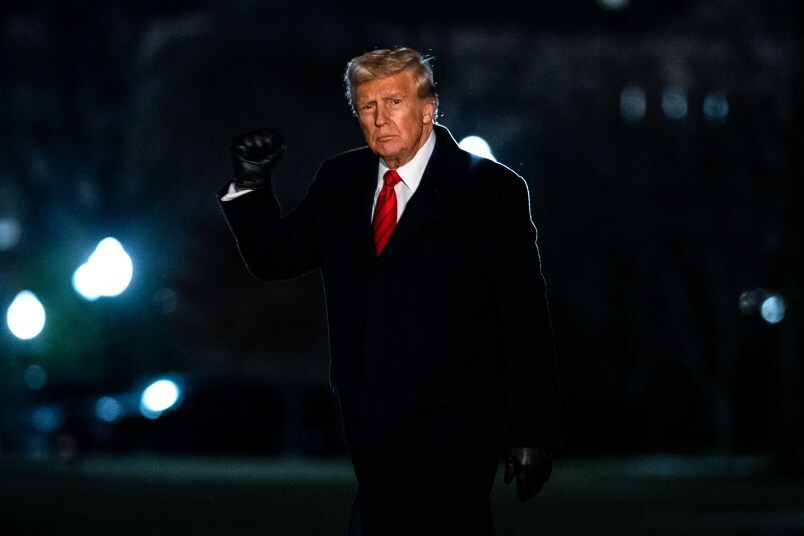
James Cameron blasts Trump amid move to New Zealand https://www.byteseu.com/793172/ #affiliate #Arts #Branch #Cameron #Canada #Celebrities #CelebritiesU0026EntertainmentNews #donald #DonaldTrump #Entertainment #Europe #executive #ExecutiveBranch #james #JamesCameron #Life #LifeNOW #local #LocalAffiliateArtsU0026Entertainment #movies #Negative #new #NewZealand #News #now #Optimized #Overall #OverallNegative #point #Politics #seo #SEOTeamOptimized #team #the #to #ToThePoint #trump #u0026 #zealand
Tr*mp has signed an #executive #order saying only the #president & #attorney #general have any say in the legality of executive actions. Looks like we now meet the minimum requirements to be called a dictatorship of some kind. https://www.whitehouse.gov/presidential-actions/2025/02/ensuring-accountability-for-all-agencies/
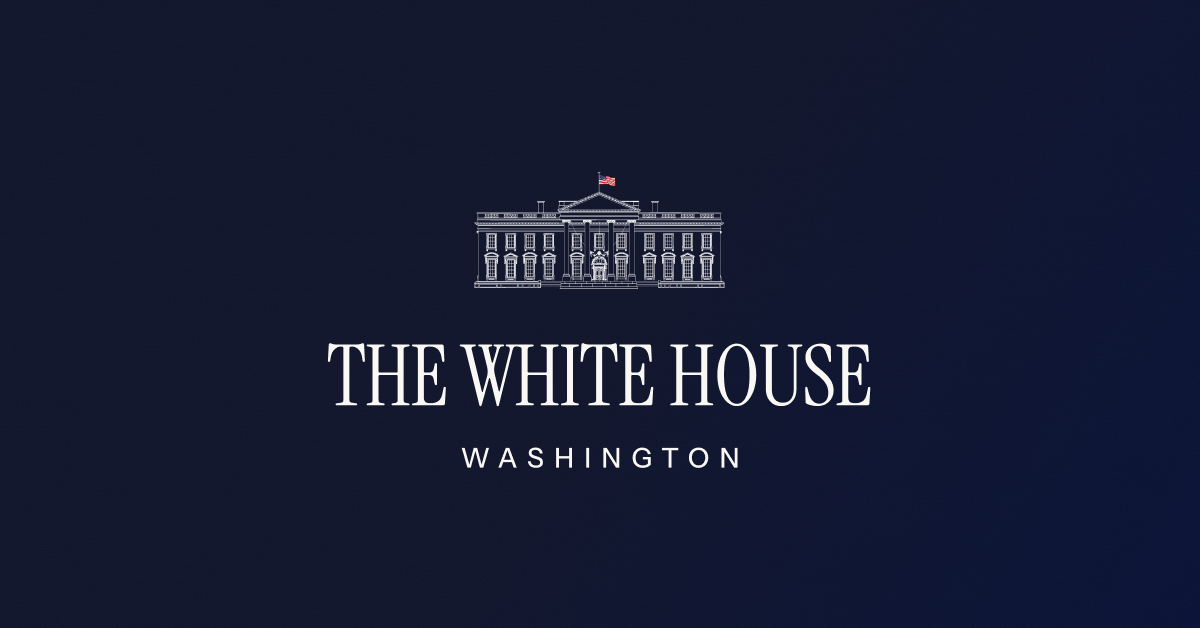
#authoritarian and #fascist #resistance #guides :
#Organizing and #Protest #resources. Tactics and strategy: 2/?
Jury Nullification. We really need to talk about #jurynullification . Juries are people's direct check on #executive #abuseofpower.
It's going to be an important tool in fighting the #elonmusk and #trump 's #coup
One of the groups championing it is the Fully Informed Jury Association: https://fija.org/library-and-resources/library/jury-nullification-faq/what-is-jury-nullification.html

#executive : designed or fitted for execution, or carrying into effect
- French: dirigeant
- Italian: esecutivo
- Portuguese: executivo
- Spanish: ejecutivo
------------
Word of The Hour's Annual Survey @ https://wordofthehour.org/r/form

"The Trump Executive Orders as “Radical Constitutionalism”"
https://executivefunctions.substack.com/p/the-trump-executive-orders-as-radical
#USA #Trump #Transition #TestCase #President #Executive #Power #Law #LegalProcess #Constitution #SupremeCourt #Congress #Project2025 #Vought #OMB #HeritageFoundation #ExecutiveOrder #Subversion #Administration #DOJ #Politics
